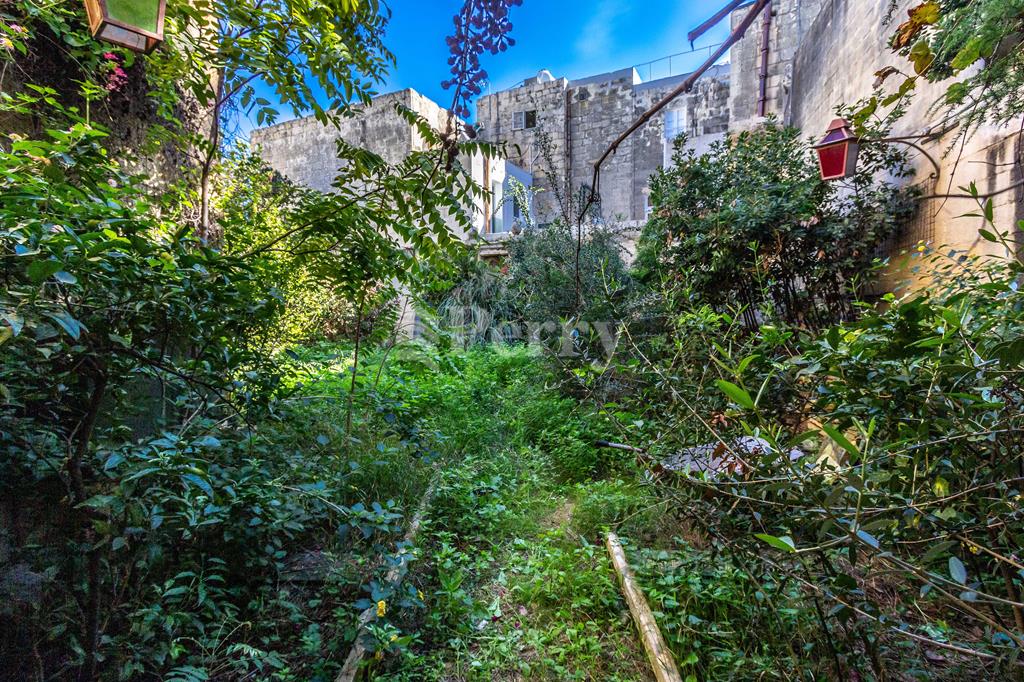
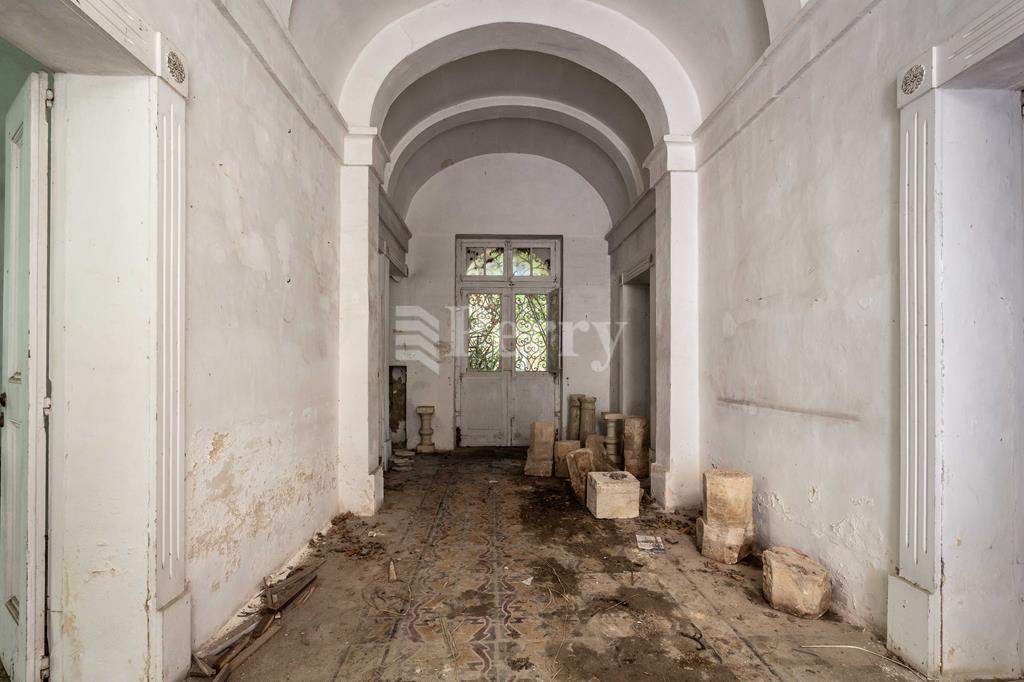
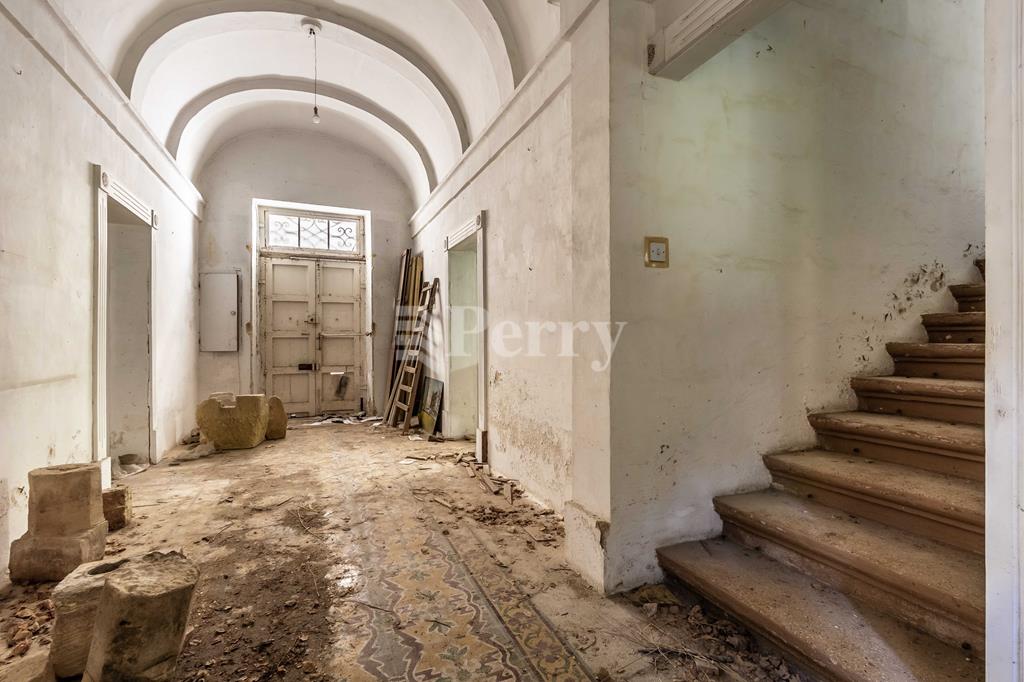
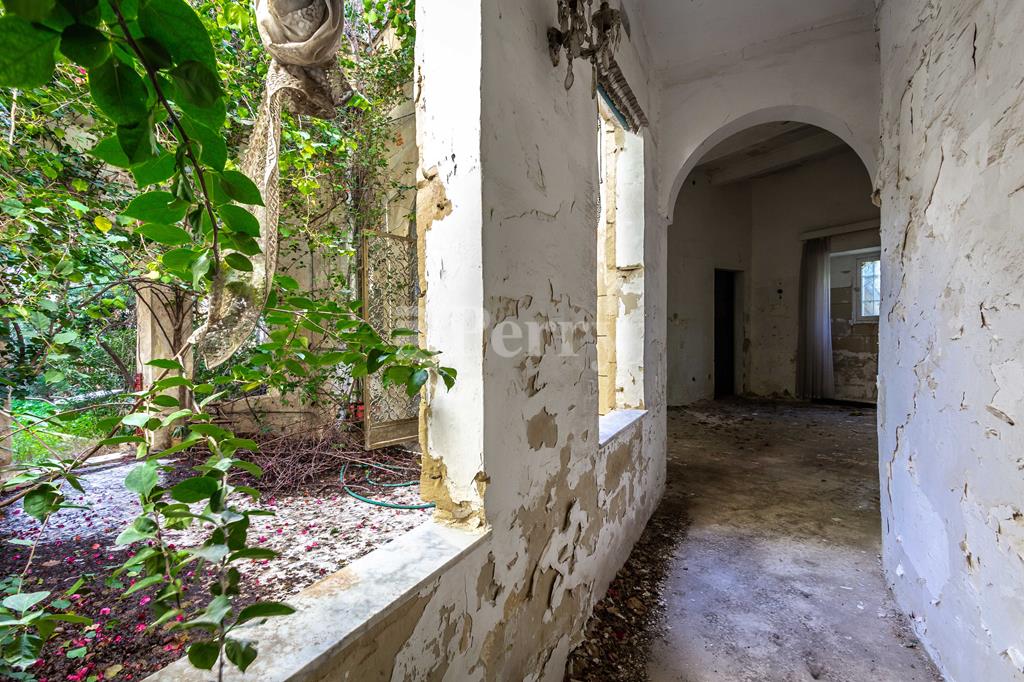
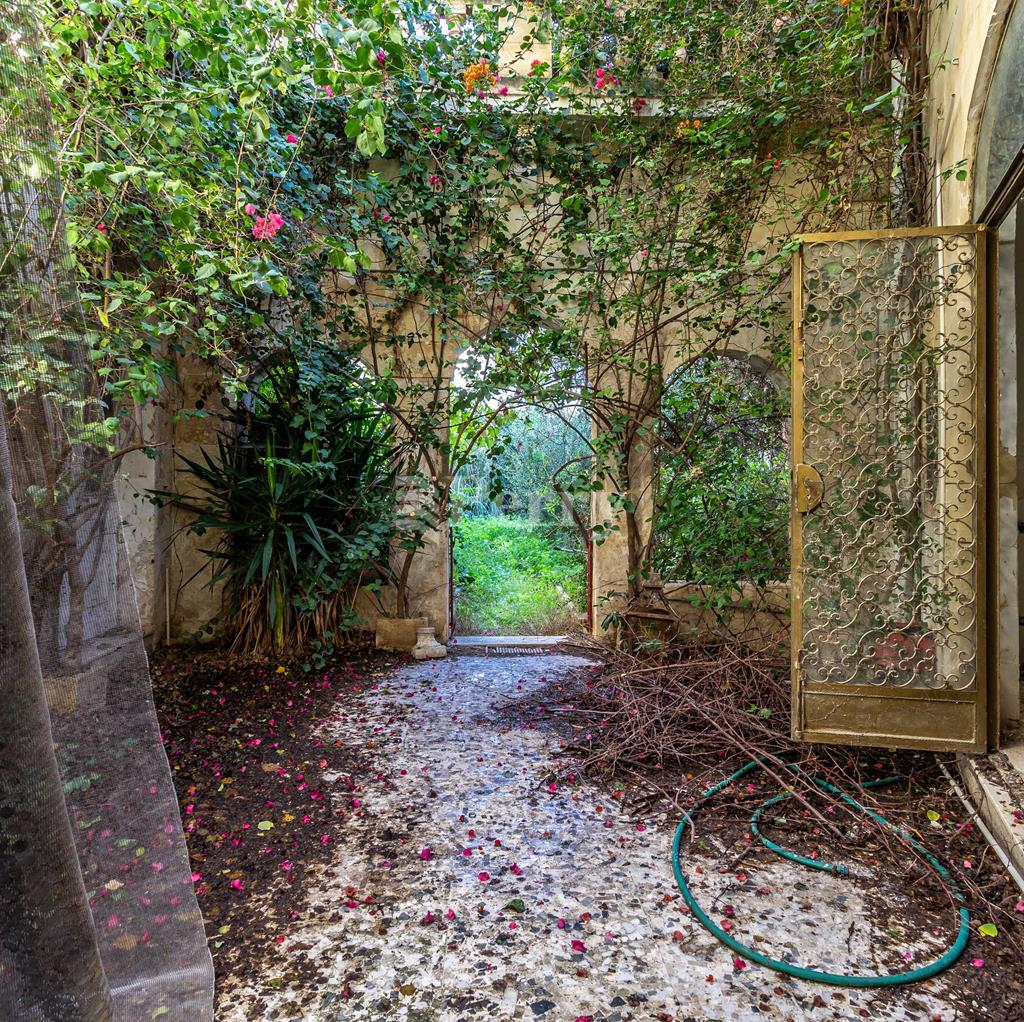
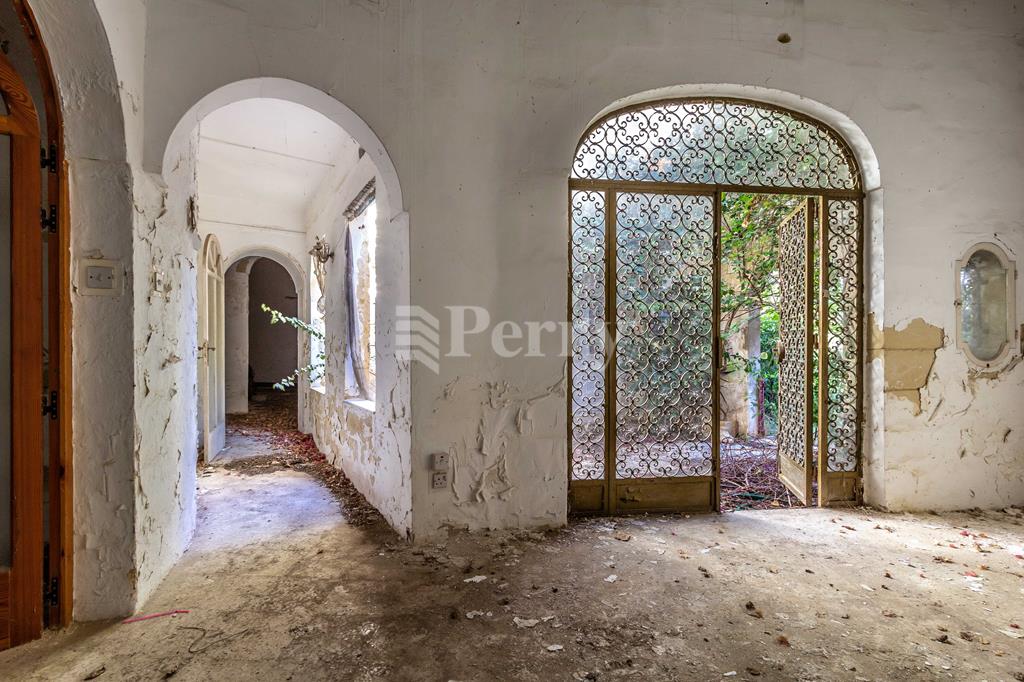
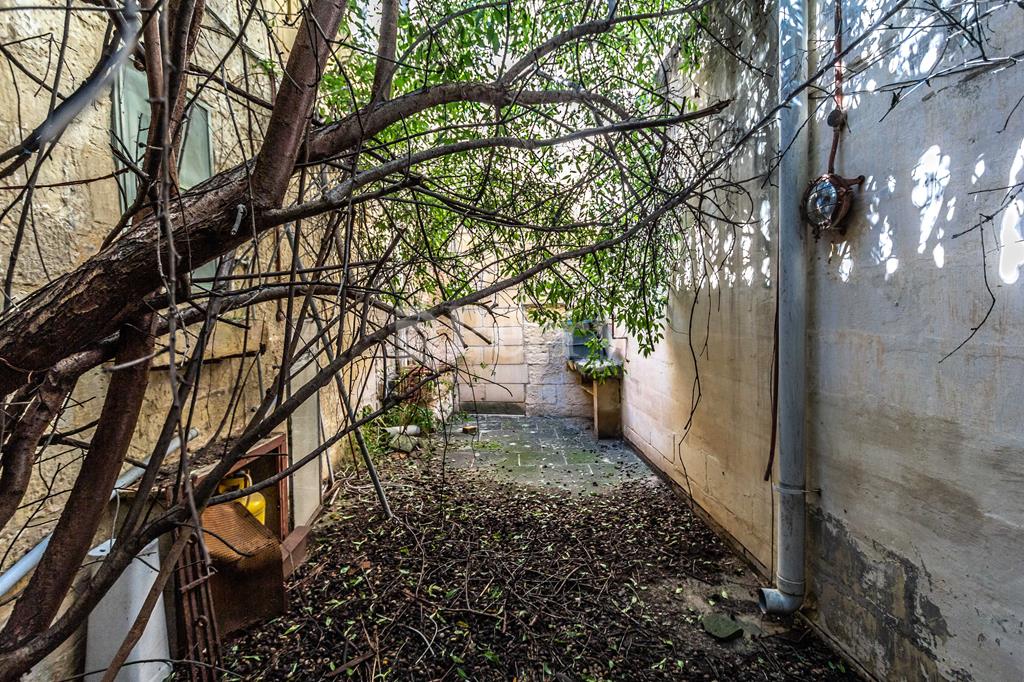
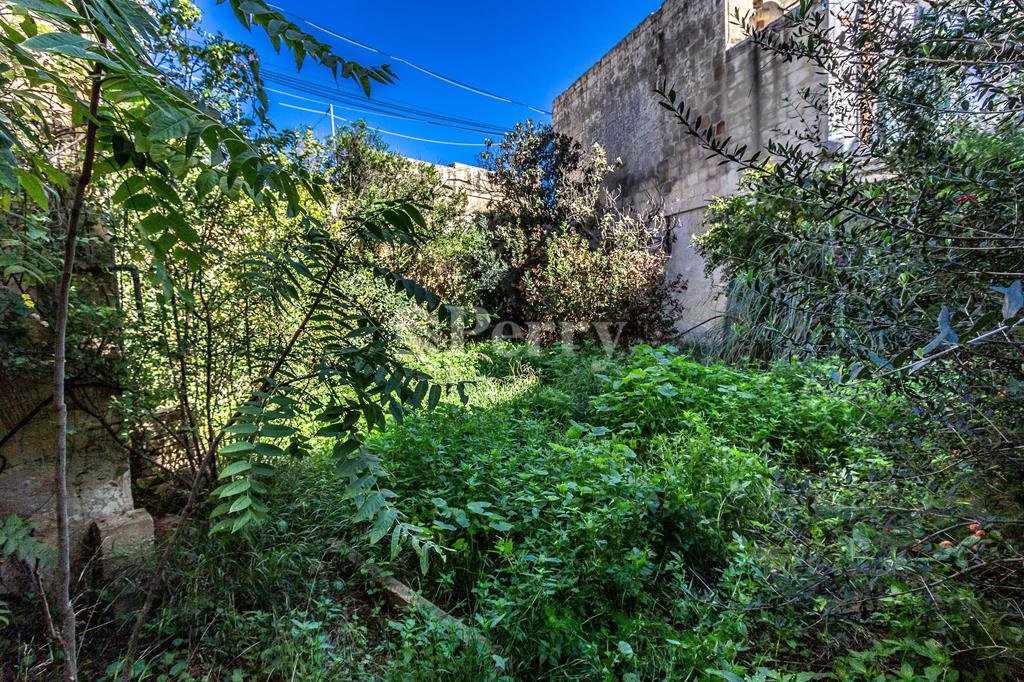
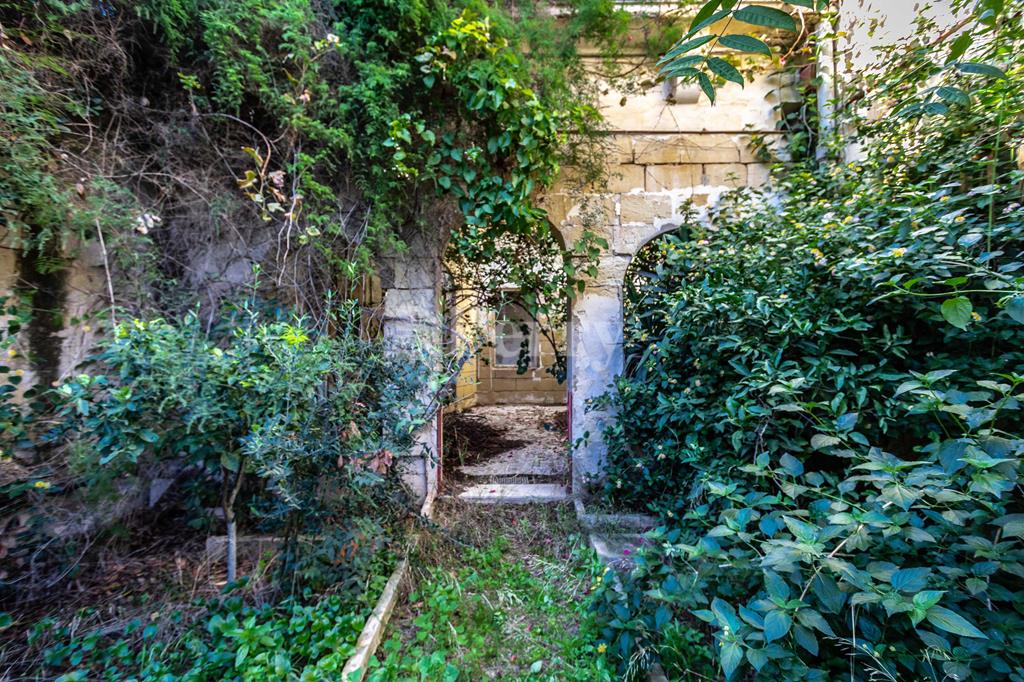
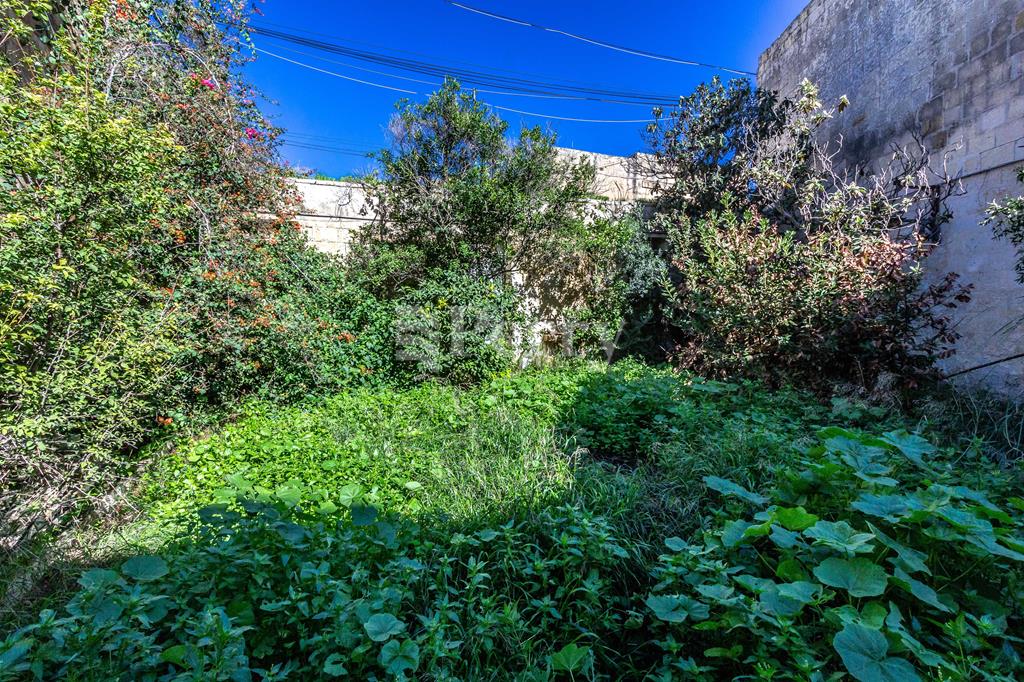
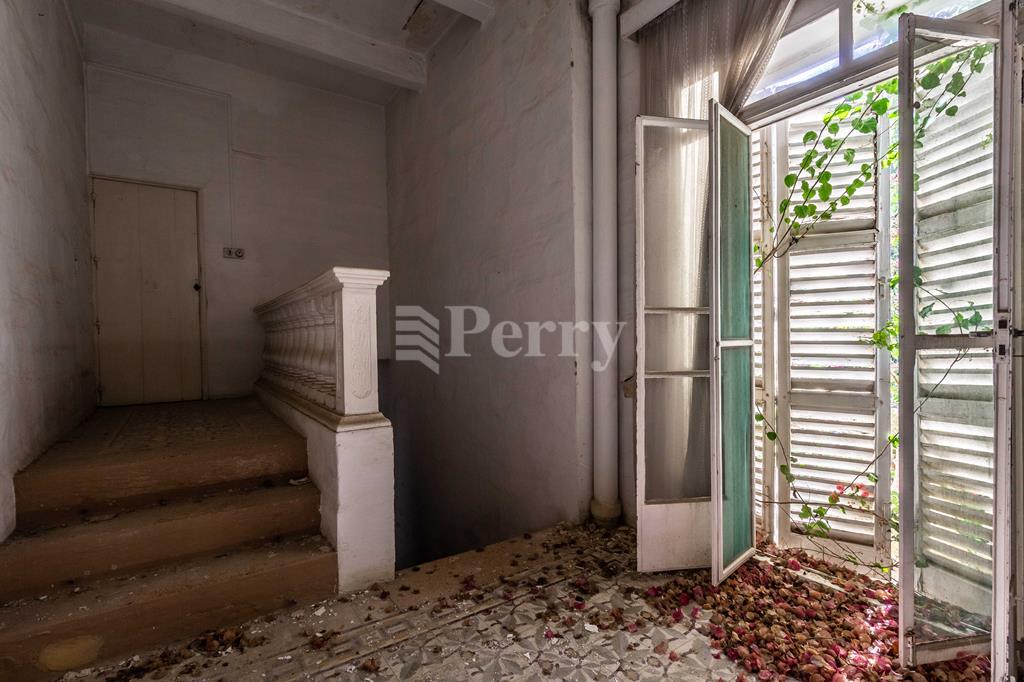
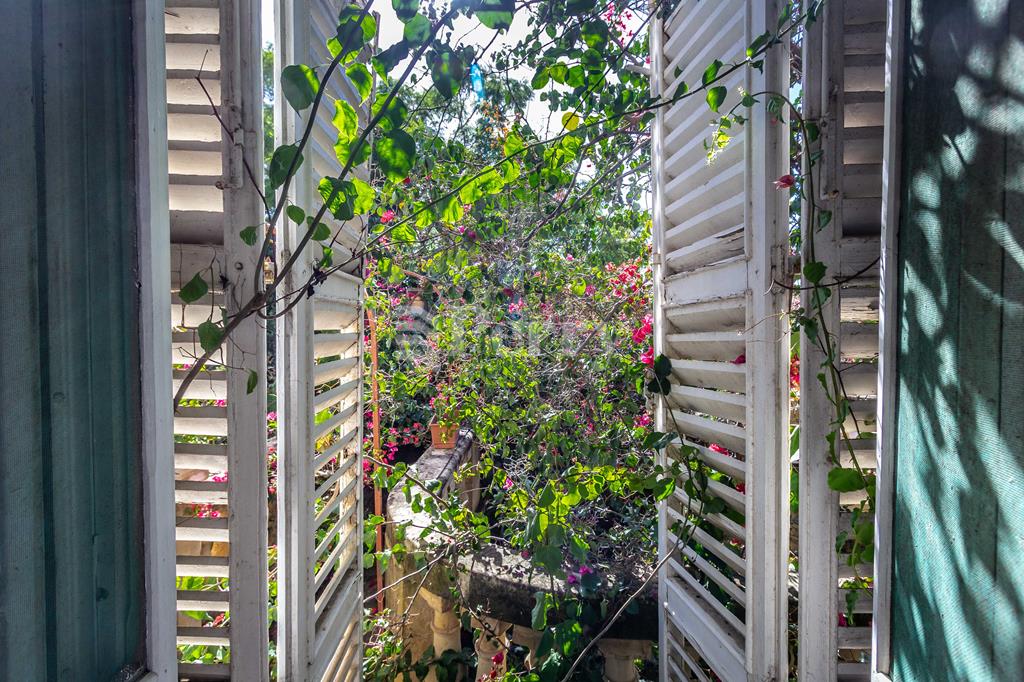

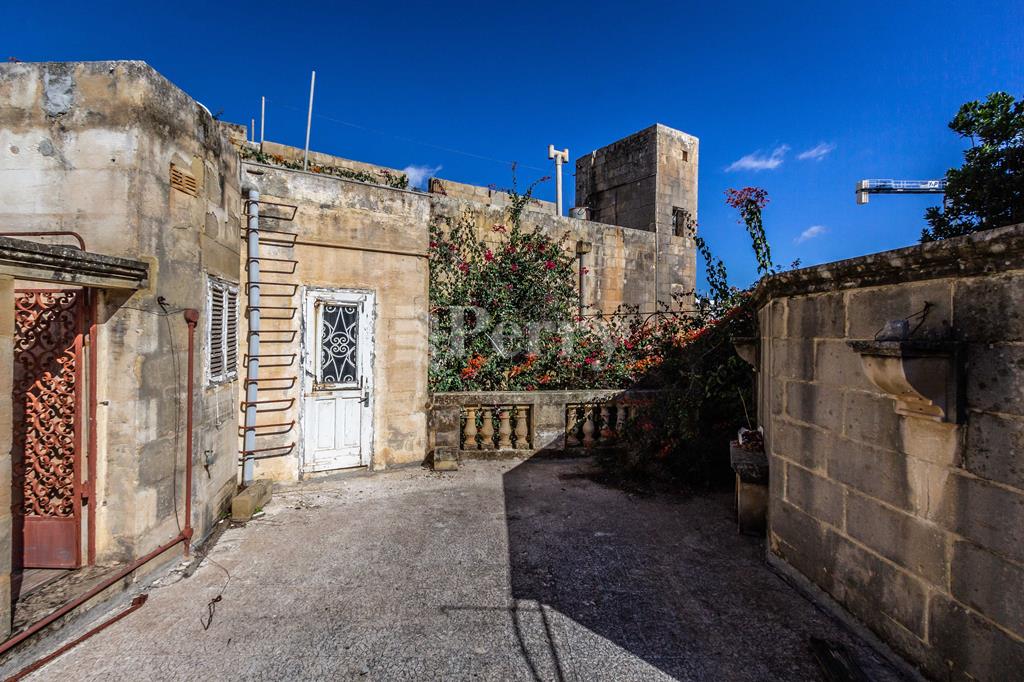
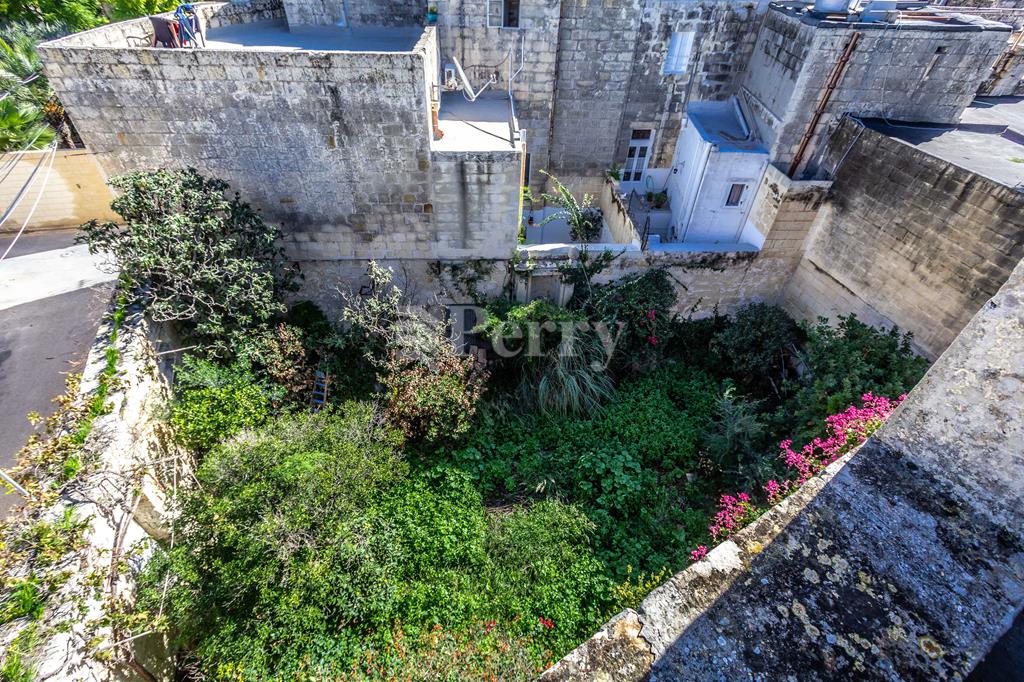
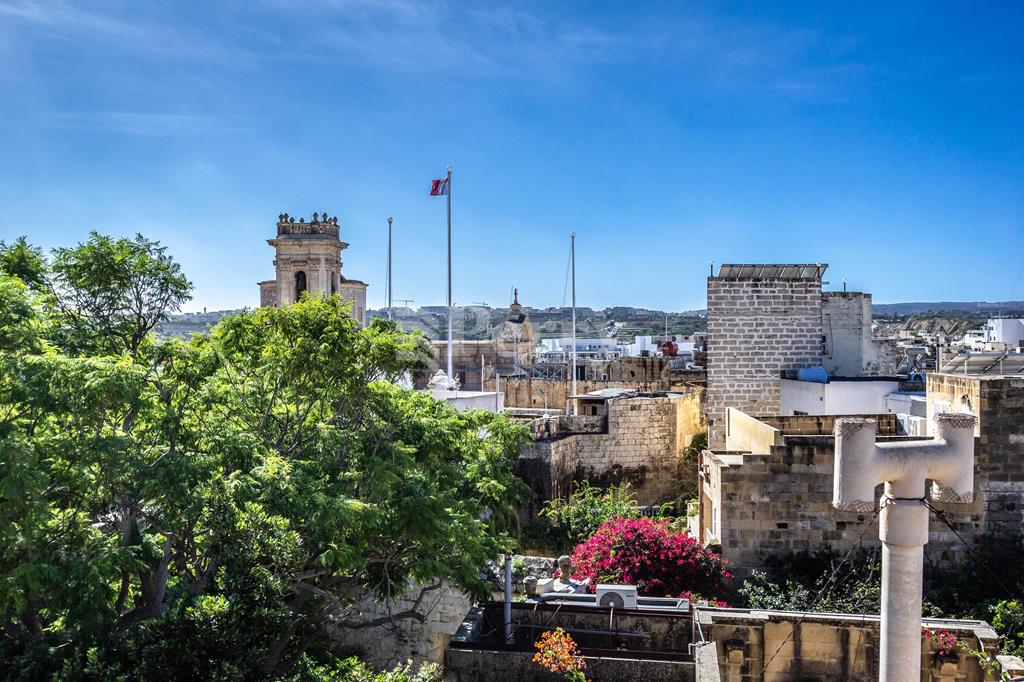
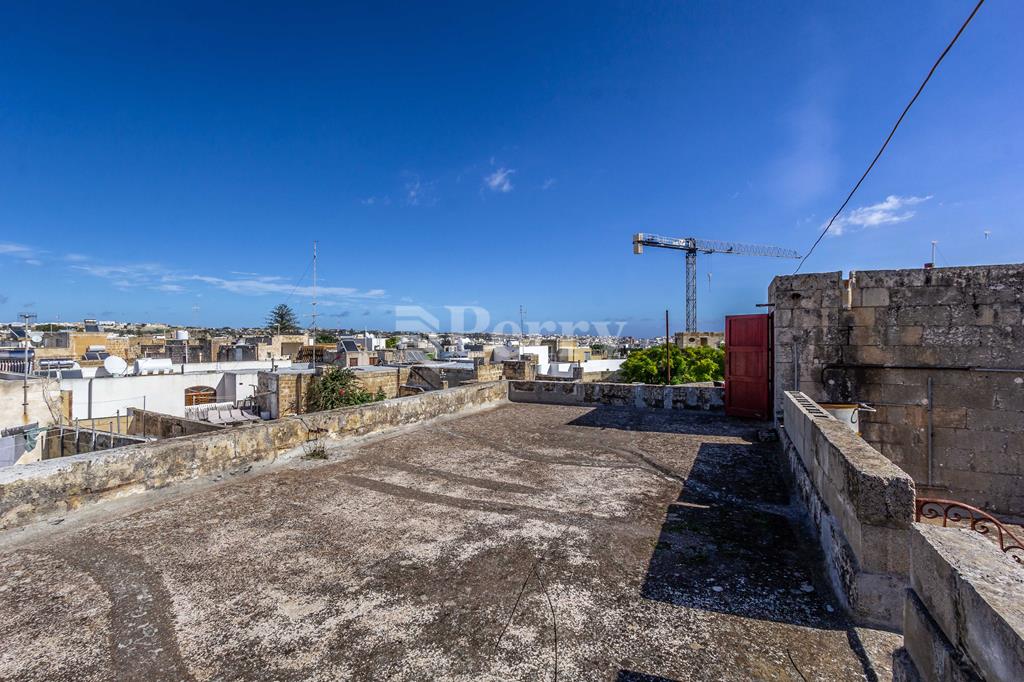
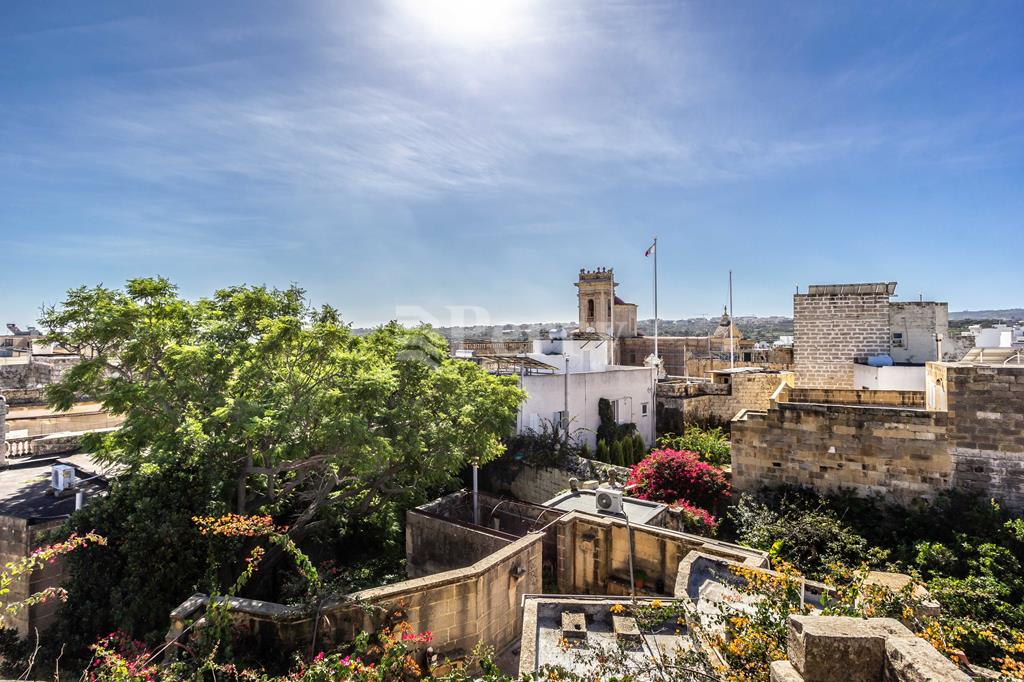


















Description
We are delighted to offer as EXCLUSIVE AGENTS - An irresistible HOUSE OF CHARACTER thought to be one of the oldest TOWNHOUSES in this charming village. One enters a magnificent hallway with rooms on either side and leading straight out to the large garden with ample space for a private swimming pool. The inside accommodation is composed of many period features including traditional tiles, beams and plenty of cosy rooms, including one with a lovely fireside, this wood burning fireplace in one of the first rooms is a particular highlight. Upstairs are three bedrooms all with ample space for built in wardrobes and views onto the pretty garden or quaint village street. This property which is in need of renovation also has space for a comfortable garage. The village atmosphere is also lovely, the old village of Attard is a highly sought-after and picturesque residential area that benefits from a thriving community. It has great amenities and attractions within walking distance including lovely restaurants, village shops, the San Anton presidential gardens and the ancient parish church. Attractive, completely charming, and full of potential, this period property is everything you could hope a traditional Townhouse in an upmarket Village as Attard to be.

Contact Us
Contact immobilien malta by getting in touch by any of the following options:
Features
- Garden Yes
- Airconditioning Yes
Additional details
- Bedrooms 3
- No of Bathrooms 4
- Kitchen 1
- Dining Room 1
- Living Room 1
- Sitting Room 1
Local Information Attard
Ħ'Attard is one of the so-called Three Villages, along with neighbouring Ħal Lija and Ħal Balzan.
Many wealth families built summer residences here in the early years of the 20th century, and the Three Villages are still considered an exclusive urban area. Ħ'Attard lies almost halfway between Malta's medieval capital Mdina and the Knights' `new' capital Valletta. Its position meant the village was always the centre of transport and communication projects between the two. First was the Wignacourt acquaduct, completed in 1615, built to solve the problems of Valletta's drinking water supply. In the late 19th century came the railway, a service which lasted only until the 1930s.
Ħ'Attard today is still characterised by large villas and gardens, the most impressive of which is San Anton Palace built by Grand Master Antoine de Paule in the late 16th century. It is now the official residence of the President of Malta and is used for state functions. The gardens, open to the public, are a baroque masterpiece and oasis of green and calm. The village has many architectural gems, but the highlight is the Parish Church of St. Mary (1616) designed by Maltese architect Tumas Dingli. It is regarded as the best Renaissance monument on the Islands.
Near Ħ'Attard is the Ta' Qali Crafts Village, located on the old wartime airfield, and the National Stadium.
